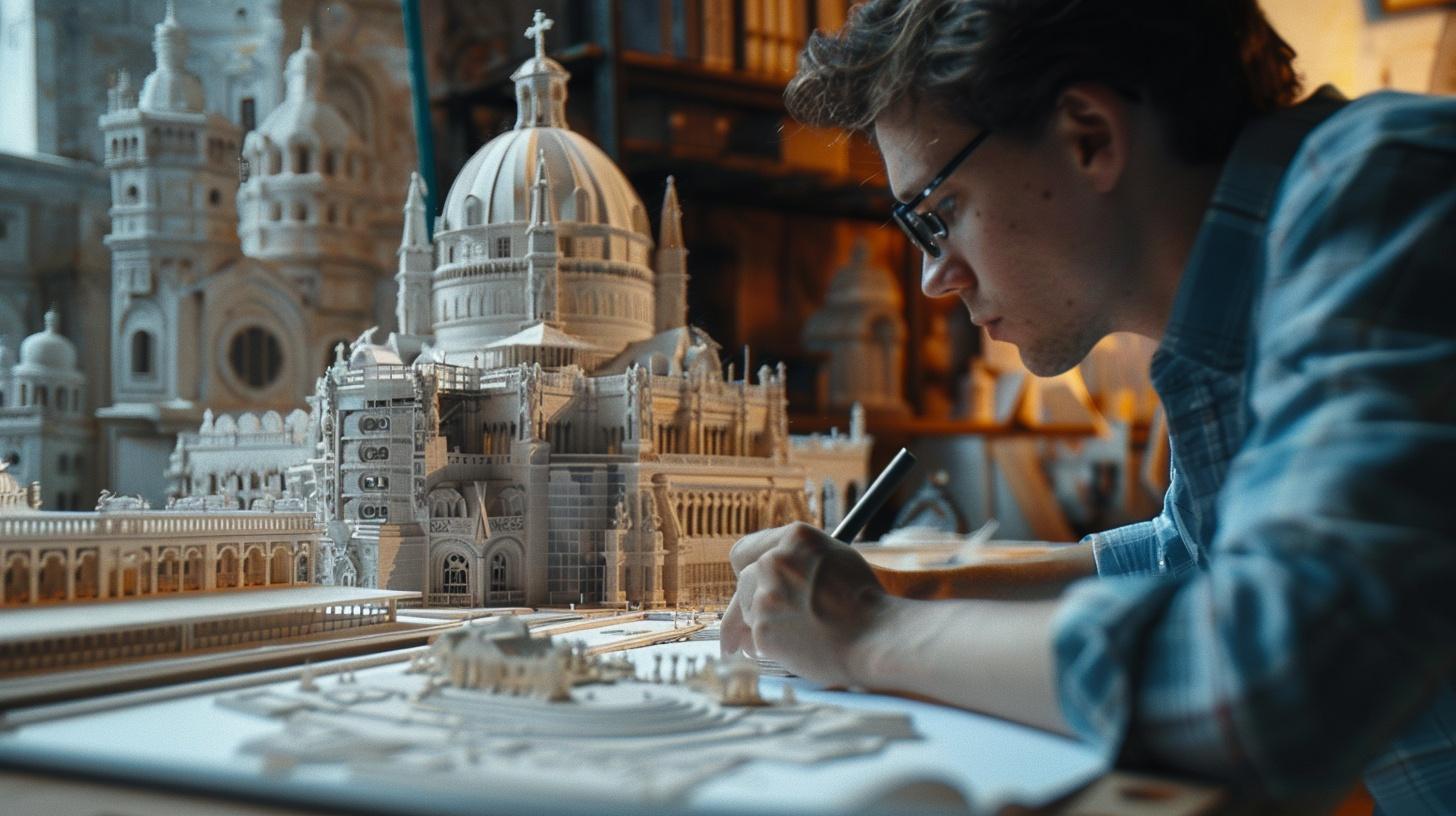
The Frank Lloyd Wright Oak Park Home and Studio Story

The Frank Lloyd Wright Oak Park Home and Studio is a historic gem nestled in Oak Park, Illinois. It’s more than just a building; it’s a piece of architectural history that speaks volumes about the creativity and genius of its creator, Frank Lloyd Wright. Built in 1889, this house and studio served as Wright’s personal residence and workspace, where he crafted some of his most iconic designs and pioneered the Prairie School architectural style.
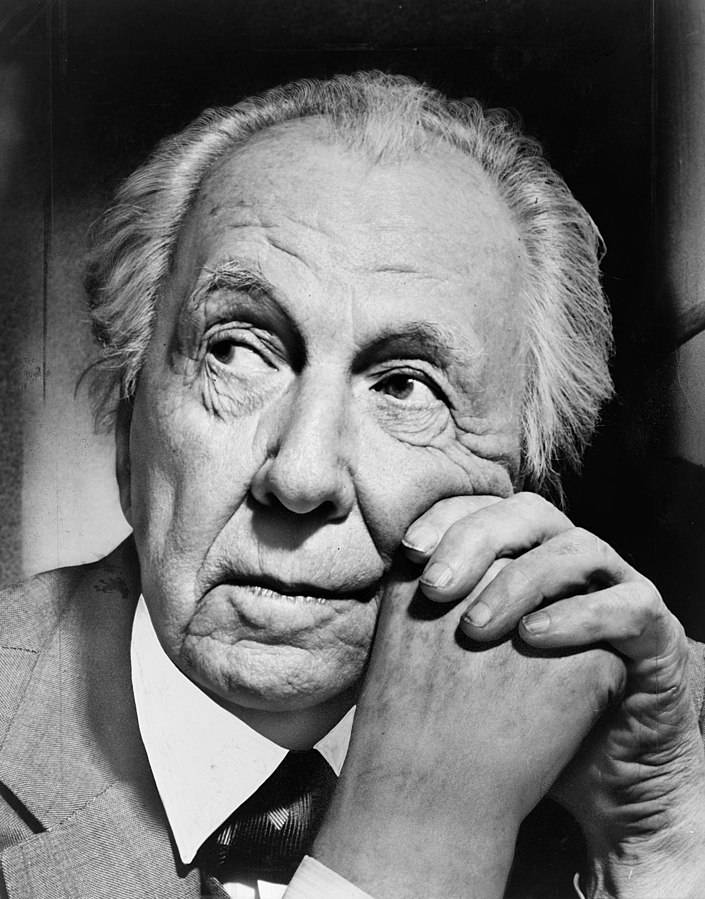
Latest
Other Topics
Frank Lloyd Wright’s Vision for the Oak Park Home and Studio
Wright’s vision for the Oak Park Home and Studio was revolutionary. He aimed to create a space that seamlessly blended with its natural surroundings, incorporating elements like low-pitched roofs and expansive windows to bring the outdoors in. This emphasis on harmony between architecture and nature is what sets Wright’s work apart and continues to inspire architects and enthusiasts today.
It Also Symbolizes His Personal life
But the Oak Park Home and Studio is more than just a testament to Wright’s architectural prowess; it’s also a window into his personal life. It’s where he raised his family and where he experimented with new design concepts, pushing the boundaries of what was possible in architecture. Walking through the halls of the home and studio, visitors can’t help but feel the presence of Wright’s creative spirit, still alive in every corner.
Despite its age, the Oak Park Home and Studio remains remarkably well-preserved, thanks to ongoing efforts by organizations like The Frank Lloyd Wright Preservation Trust. Through meticulous restoration and maintenance, this historic landmark continues to enchant visitors from around the world, offering a glimpse into the mind of one of history’s greatest architects.

Wright’s Legacy and History
Frank Lloyd Wright’s life was as fascinating as his architecture. Born in 1867 in Wisconsin, Wright’s early years were marked by a deep appreciation for nature and a passion for drawing. These formative experiences would later influence his design philosophy, as he sought to create buildings that harmonized with their surroundings.
His Enviable Career and Legacy
Wright’s career spanned over seven decades, during which he designed over 1,000 structures, including homes, offices, churches, and museums. His work was characterized by a commitment to organic architecture, an approach that sought to unite the built environment with the natural world. This philosophy is perhaps best exemplified in Fallingwater, Wright’s masterpiece nestled in the Pennsylvania countryside.
But Wright’s legacy extends far beyond his buildings; he was also a prolific writer, educator, and social commentator. Throughout his life, he espoused progressive ideas about urban planning, sustainability, and the role of architecture in society. He believed that architecture should be democratic and accessible to all, and he worked tirelessly to democratize design through his pioneering work in prefabrication and affordable housing.
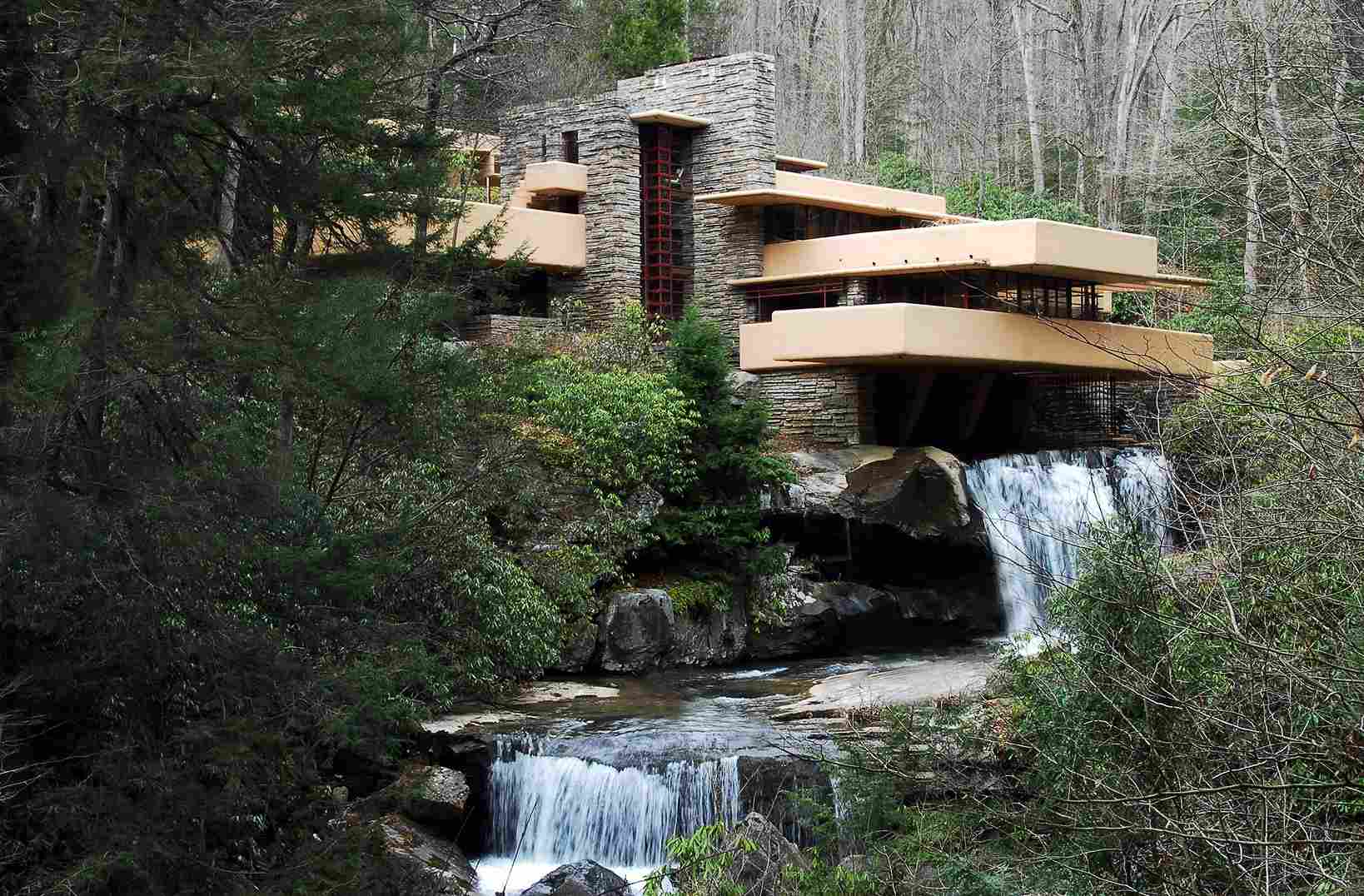
A Life Of Controversy
Despite his many achievements, Wright’s life was not without controversy. His personal relationships were often tumultuous, and his outspoken opinions sometimes alienated him from clients and colleagues alike. Yet, through it all, Wright remained true to his vision, steadfast in his belief that architecture could elevate the human spirit and enrich the lives of all who experienced it.
In 1959, just a few years before his death, Wright received the American Institute of Architects’ highest honor, the Gold Medal. It was a fitting tribute to a man who had revolutionized the field of architecture and left an indelible mark on the built environment.
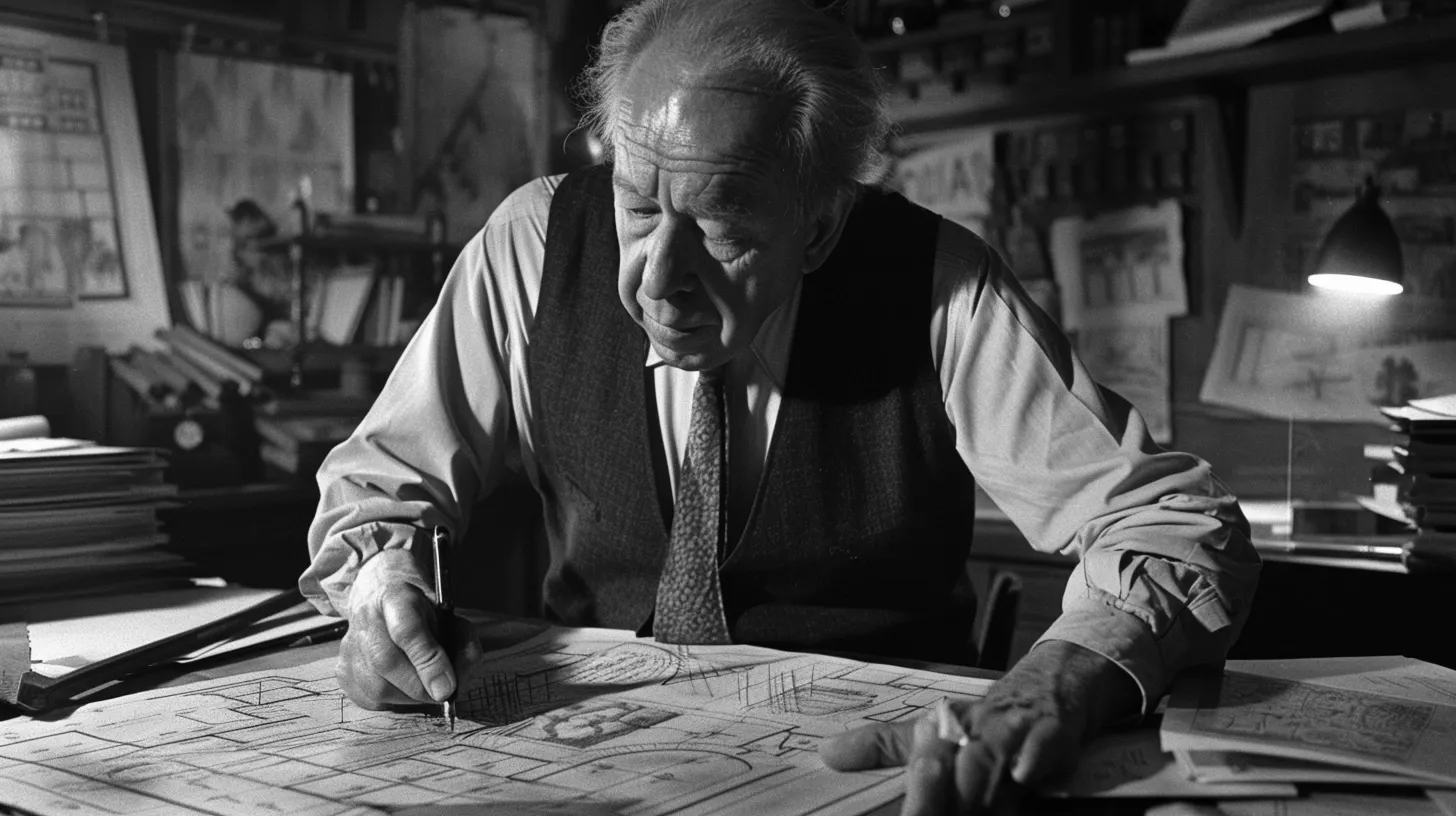
Wright’s Architectural Principles and The unique features of the Oak Park
Frank Lloyd Wright’s architectural principles were revolutionary for his time and continue to influence architects and designers to this day. At the Oak Park Home and Studio, these principles are on full display, showcasing Wright’s innovative approach to design and his deep connection to nature.
Seamless Integration With The Environment
One of the most striking aspects of Wright’s work is his emphasis on open living spaces and seamless integration with the natural environment. In the Oak Park Home and Studio, you’ll find spacious rooms flooded with natural light, thanks to expansive windows that blur the boundaries between indoors and outdoors. This design philosophy creates a sense of harmony and tranquility, inviting visitors to immerse themselves in the beauty of their surroundings.
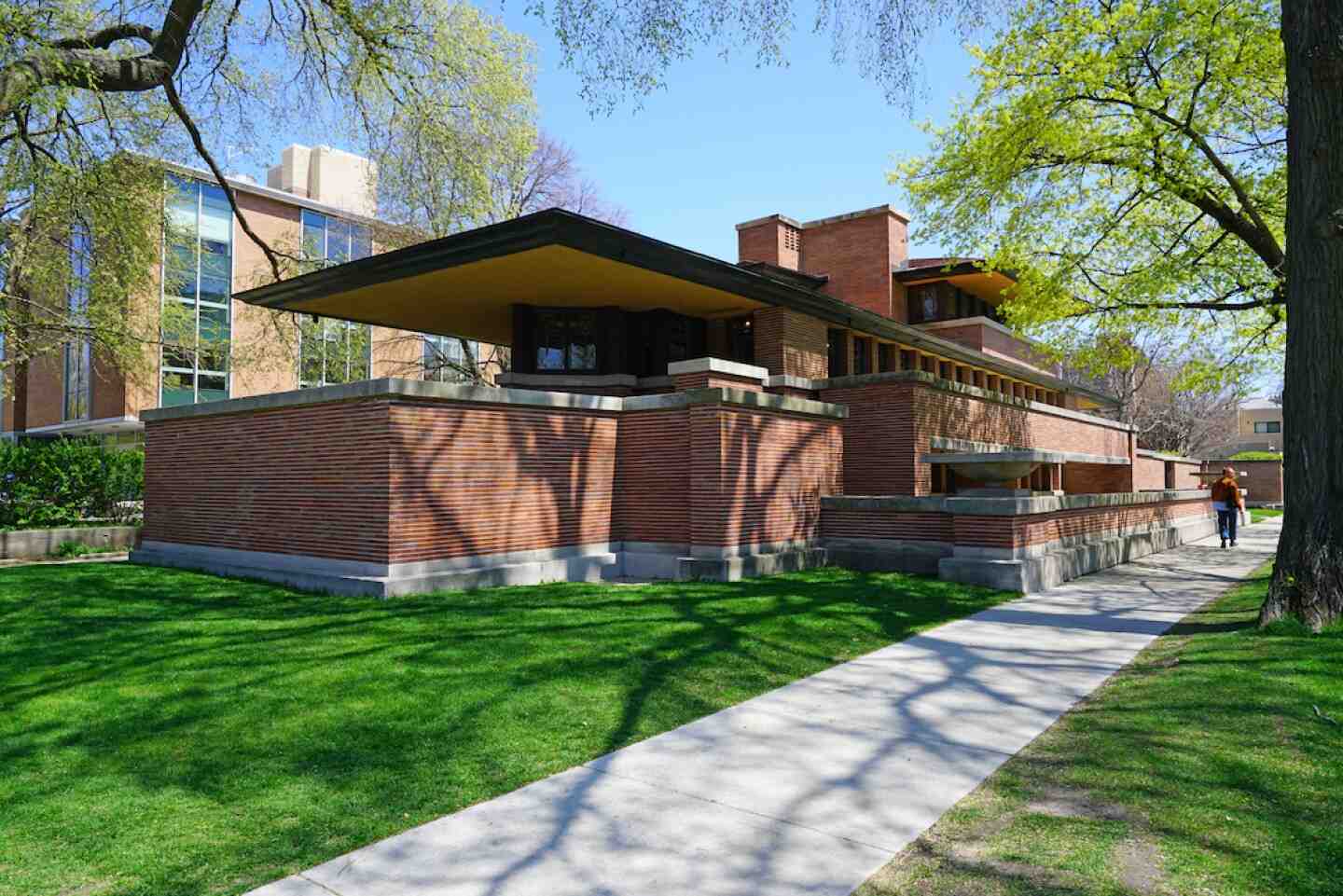
Master of Form and Function
But Wright’s genius extends beyond just aesthetics; he was also a master of form and function. Every element of the Oak Park Home and Studio was carefully considered, from the layout of the rooms to the choice of materials. Wright believed that architecture should serve the needs of its inhabitants, and his designs reflect this belief in their practicality and efficiency.
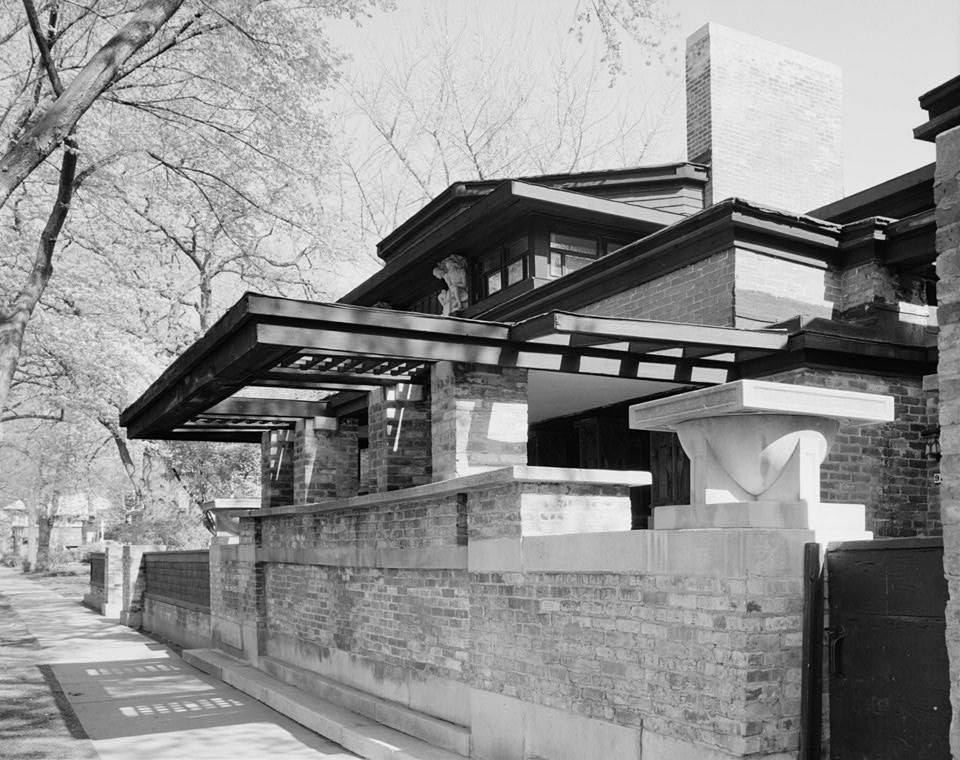
Integration of Sculpture
One of the most unique features of the Oak Park Home and Studio is its integration of sculpture into the architecture. Many of the sculptures adorning the exterior and interior of the building were designed by Wright’s friend and collaborator, Richard Bock. These sculptures add a sense of whimsy and wonder to the space, creating a captivating and thought-provoking atmosphere.
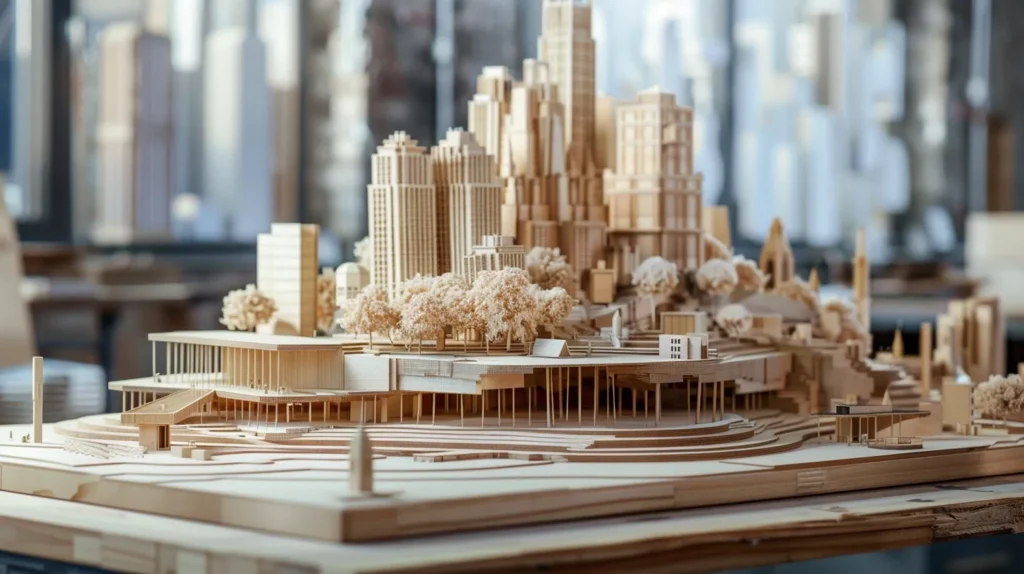
Historical Significance
Another distinctive aspect of the Oak Park Home and Studio is its historical significance. As one of Wright’s earliest works, it offers a glimpse into the evolution of his style and the development of the Prairie School architectural movement. Walking through the halls of the home and studio, visitors can’t help but feel the weight of history, knowing that they are standing in the presence of greatness.

The Frank Lloyd Wright Oak Park Home and Studio is more than just a building; it’s a masterpiece of design and a testament to the enduring legacy of one of history’s greatest architects.
The Frank Lloyd Wright Oak Park Home and Studio Influence
Frank Lloyd Wright’s Oak Park Home and Studio stands as a testament to his enduring influence, inviting us to explore the past while imagining the possibilities of the future.
It is not just a building; it’s a living testament to the genius of its creator and the enduring power of design to transform lives. Whether you’re an architecture enthusiast or simply curious about the man behind the masterpieces, a visit to this iconic landmark is sure to leave you inspired and enlightened.

